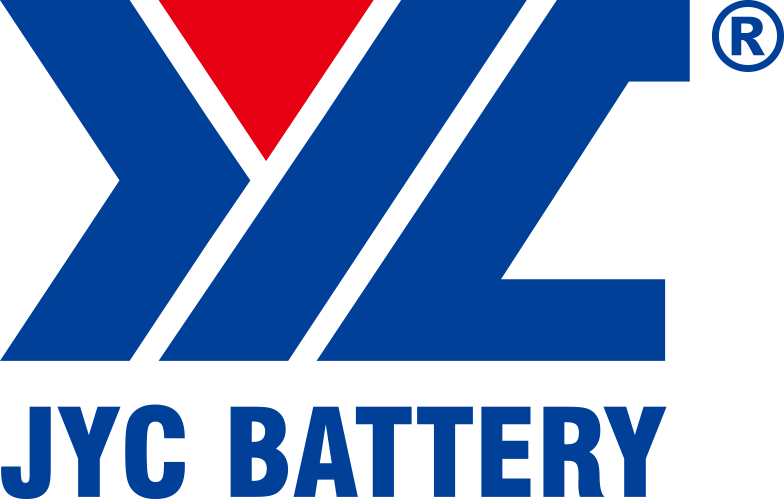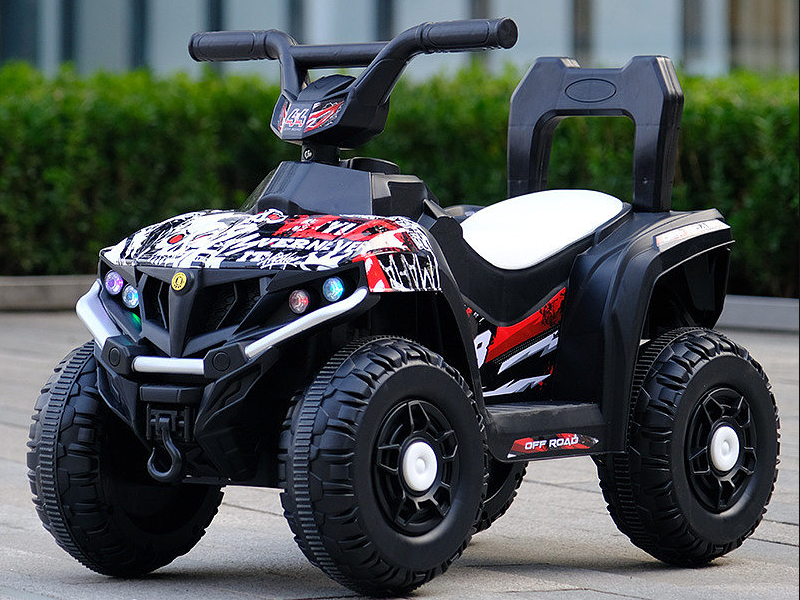Toy cars have been a beloved plaything for generations, offering children and adults alike the thrill of racing and the joy of imaginative play. These miniature vehicles have come a long way since their humble origins, with modern toy cars featuring intricate designs, realistic details, and impressive performance capabilities. However, at the heart of every toy car is a crucial component that determines its power source and performance: the battery. In this article, we’ll explore the types of batteries commonly found in toy cars and how they impact the play experience.
- Alkaline Batteries: Alkaline batteries are among the most common power sources for smaller, simpler toy cars. These batteries are readily available, affordable, and provide a reliable source of energy. They come in various sizes, including AA, AAA, C, and D, making them versatile for different types of toy cars. Alkaline batteries are easy to replace, which is convenient for parents and children. However, their lifespan can be relatively short, particularly in high-powered toy cars, leading to frequent replacements.
- Rechargeable Nickel-Metal Hydride (Ni-MH) Batteries: Rechargeable Ni-MH batteries are an environmentally friendly and cost-effective option for powering toy cars. They are rechargeable and typically come with a compatible charger. These batteries are known for their longer lifespan compared to alkaline batteries, making them ideal for frequent use. They can be a great choice for toy cars that see a lot of action and need to be recharged to keep the fun going.
- Lithium-Polymer (LiPo) Batteries: LiPo batteries are increasingly common in high-performance, hobby-grade toy cars. These lightweight, high-energy-density batteries offer significant power and runtime, making them suitable for fast, powerful, and maneuverable toy cars. LiPo batteries have become the choice for enthusiasts who seek the highest level of performance and speed from their toy cars. They require special care when charging and handling to ensure safety.
- Nickel-Cadmium (Ni-Cd) Batteries: While less common today, Ni-Cd batteries were once widely used in various electronic devices, including toy cars. They have a longer lifespan compared to alkaline batteries but are less energy-dense than Ni-MH or LiPo batteries. Ni-Cd batteries are rechargeable but have a “memory effect,” which can reduce their capacity if not fully discharged before recharging. As a result, they have fallen out of favor in recent years.
- Lead-Acid Batteries: Lead-acid batteries are typically found in larger, ride-on toy cars designed for children. These heavy, durable batteries provide the necessary power to propel these vehicles. Lead-acid batteries are capable of handling substantial loads, but they are less common in smaller, handheld toy cars due to their size, weight, and maintenance requirements.
The type of battery used in a toy car greatly influences its performance, playtime, and maintenance. When choosing a toy car for a child, parents should consider the battery type and its impact on the overall play experience.
Additionally, it’s important to note that safety should always be a top priority when handling any type of battery. Parents should follow manufacturer guidelines for charging, usage, and disposal to ensure a safe and enjoyable play experience for their children.
In conclusion, the kind of battery in a toy car varies based on its size, intended use, and performance demands. From simple alkaline batteries to high-performance LiPo batteries, there’s a battery type for every type of toy car, catering to the diverse preferences of young and old car enthusiasts alike. Understanding the different battery options empowers consumers to make informed choices when selecting a toy car that fits their specific needs and desires.


